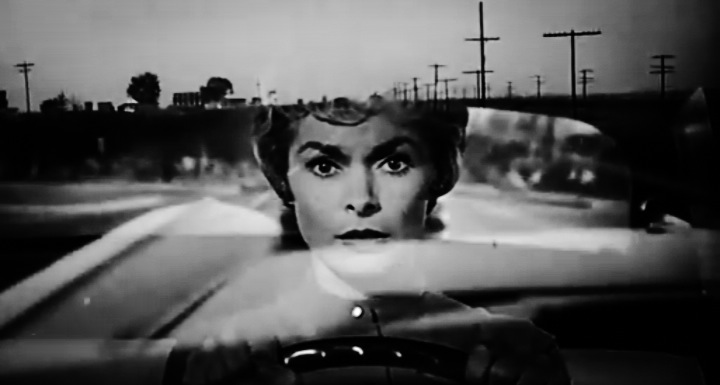Installation Views || Sterling Ruby (2009-2012)
The composition is the organised sum of the interior function of every part of the work
- Wassily Kandinsky.
The internal visual world of diverse artist, Sterling Ruby can be realised as a Contemporary collage of varied mediums, modified modern principles and a transcomposition of form. In often decadent representations, Ruby is the answer to Contemporary art's question of challenging traditional principles in an attempt to recreate or revitalise. His installation-work particularly offers a liberty to formalism, taking traditional mediums into a contemporaneous context. From collage-work to ceramics and sculpture, Ruby attains a firm visual narrative which surrenders to the conception of "heavier minimalism." The strength from which this dialogue derives can be transposed to that of antagonism and perhaps aggression towards the minimalist tag, as it has always afforded (in a Contemporary context) the ideology of stripping down and refining the visual to its most basic of principles.
The oeuvre of Sterling Ruby in this way is a strong reminder that in order to convey a compelling message within the microcosm of the art world, the work itself must extend beyond the visual and into a trans-communicative space. SP178 (2011), perhaps one example of his most celebrated series of works, takes on the street art medium, utilising spray paint and stimulating it into a visual semblance between Richter and Rothko. The streams of spray-paint are indelicately applied within these works, although they do seemingly appear quite dense on the surface of the canvas. The often fluorescent colour palette references chance-aeshtetics in its application, and relays Ruby's dichotomy of juxtaposition as well as extension beyond the Contemporary art context.
Crib Drill Yellow (2011), is a Brutalist structure which appears to be a spatially aggressive installation, yet seems to recoil from its Minimalist echo. Adapting the aesthetic of Brutalist architectural structures and principles, Ruby juxtaposes the harsh surface with a diffusion of ochre yellow: a base colour alluding to iron-oxide. The effect is thus, it softens the appearance of the object, hence transforming it's narrative dialogue to one of harsh opposites. Forces are invariably pertinent in Ruby's dense installations - They often oppose, prevent, dispute and transpose what they are intended to question. The countenance of the work is determined to remain disagreeable in the face of the Contemporary art world.
© Site installation images courtesy of Pace Gallery & Xavier Hufkins








































